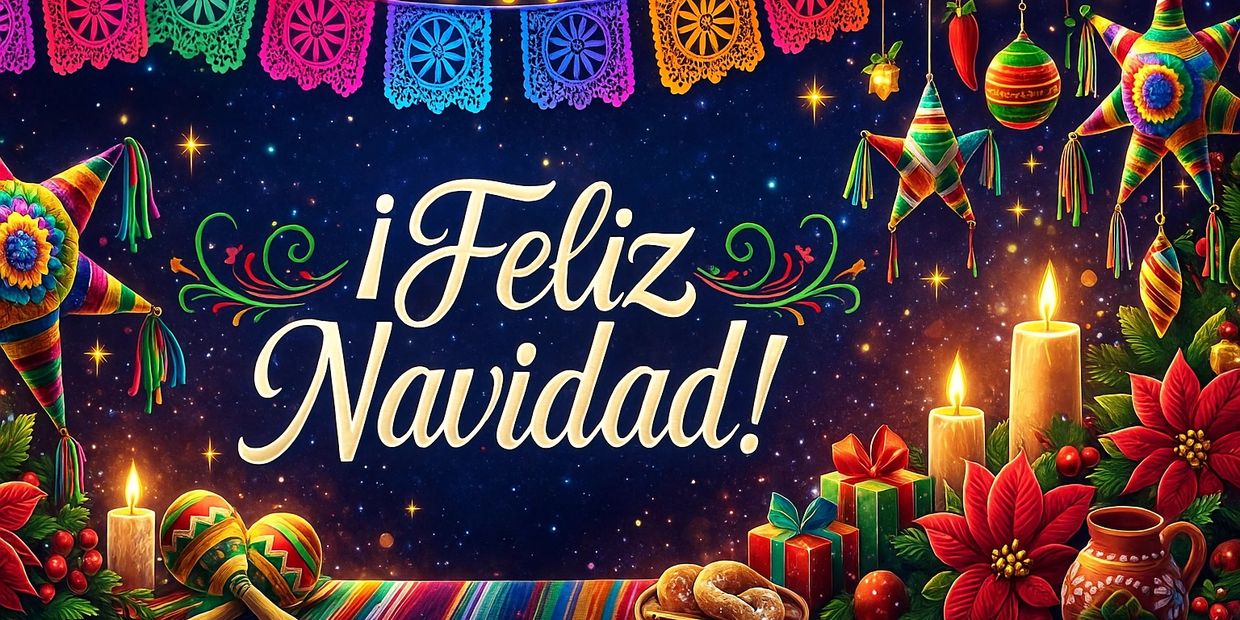
¡ORGULLO LATINO! Bad Bunny sigue haciendo historia. 🌟
Benito just proved once again why he’s El Conejo Malo más grande del mundo.
Spotify officially named him Global Top Artist of 2025 with 19.8 BILLION streams — his FOURTH time earning the crown.
And he didn’t stop there…
Debí Tirar Más Fotos — the #1 most-streamed album in the world for 2025
Nadie Sabe Lo Que Va a Pasar Mañana — broke the record for most streams in a single day (2023)
Most-Streamed Artist for 2020, 2021, 2022, and now again in 2025
(Only stepped aside in 2023–24 before reclaiming his throne!)
Bad Bunny isn’t just an artist — he’s a global movement.
Puerto Rico en la casa. Latinos en la cima.
Meet Paloma Morphy: A Rising Latina Artist You Should Follow
At just 25 years old, Mexico City–born Paloma Morphy has emerged as one of the most soothing, jazzy voices in Latin music. After a career as a criminal lawyer, she changed and explored music, uploading cover songs on TikTok and eventually releasing original material.
In May 2025, she dropped her debut album Au, a collection of genre-blurring, emotionally charged songs. Her track (sola) earned a nomination for Best Alternative Song at the 2025 Latin GRAMMY Awards. She walked away with the coveted Best New Artist award.
Morphy's rise is rooted in raw honesty and a desire to express her personal truths through music. It's nice to see a fresh face reviving Mexico's alternative-pop scene, and she's already commanding attention on a global stage.

🎄 The Perfect Corona Christmas Recipe
Corona Cranberry Noel
Ingredients
- 1 Corona
- 1 shot cranberry vodka or tequila
- 2 oz cranberry juice
- Splash lime juice
- Fresh cranberries or lime garnish
Instructions
- Take a sip from the Corona to make room.
- Add cranberry vodka/tequila.
- Pour in cranberry juice + lime.
- Drop a few cranberries inside for a festive look.
Try it and let us know what your favorite Corona recipe i